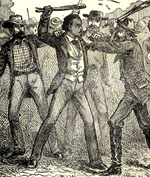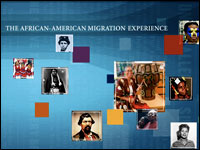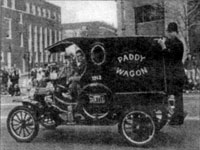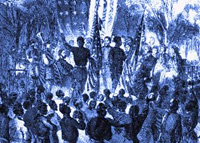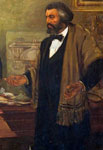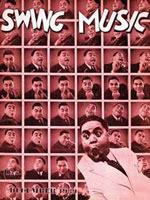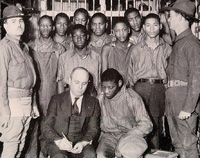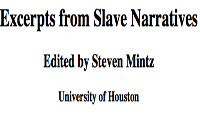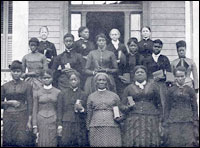Opening this website, visitors are greeted with several pictures of Frederick Douglass throughout his lifespan, while a five-part historical overview of his life explains what the exhibit entails. Visitors can access more of the site's content through the three key feature links in the lower right corner of the home page: the "House Tour," "Lesson Plans," and "Portraits." The "House Tour" takes the user on a virtual room-by-room tour of Frederick Douglass's home, which is physically located in Washington, DC. This link may be useful for educators who would like their students to experience Douglass’s home but who cannot reach DC, offering a memorable classroom experience for any K12 classroom studying the life of Frederick Douglass or of African Americans during the Antebellum and Reconstruction eras.
Additionally, educators could assign this website to students for research using primary source artifacts and documents. "Portraits" provides not only portraits with captions explaining their significance in Douglass's life, but of his children and close abolitionist friends, as well as personal items such as his Panama hat, eyeglasses, coffee pot and articles from his paper, the North Star. In total, the site offers more than 150 primary source documents and artifacts from the time period and Douglass's life. Clicking on the link for “All Image Galley” allows the viewer to step into Frederick Douglass’s world, viewing all of the primary sources in one exhibit gallery with nine subsections, including "Leisure Time" and "Presidential Appointments." This truly brings history to life!
One of the most useful links for educators is "Lesson Plans." This takes the user to a section of the National Park Service's website called Teaching with Museum Collections, where educators can download two lesson plans on Frederick Douglass, or download lesson plan templates to create their own artifact-based lessons. The lessons are clear and include state standards as well as differentiated instruction ideas. "Frederick Douglass's Hat" is appropriate for middle school students, but can be modified and integrated to the needs of all students. "Forced March," created by an 8th-grade middle school teacher, can also be modified or enhanced to meet the needs of a differentiated classroom.
Teachinghistory.org Teacher Representative Lynn Roach wrote this Website Review. Learn more about our Teacher Representatives.
